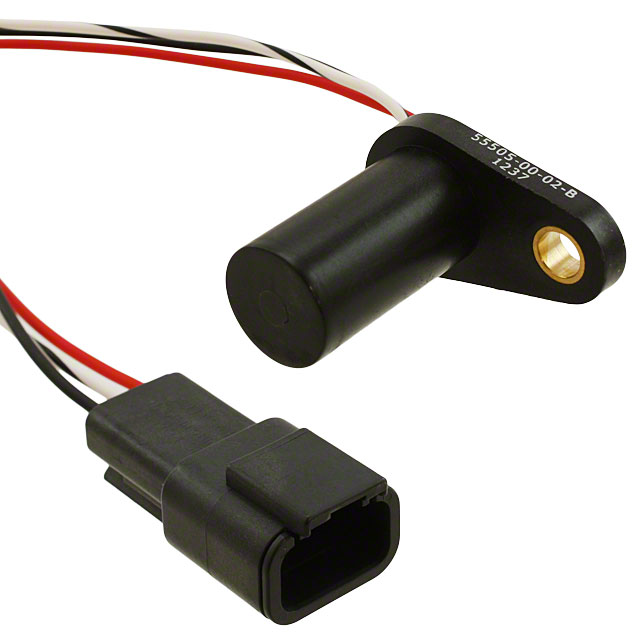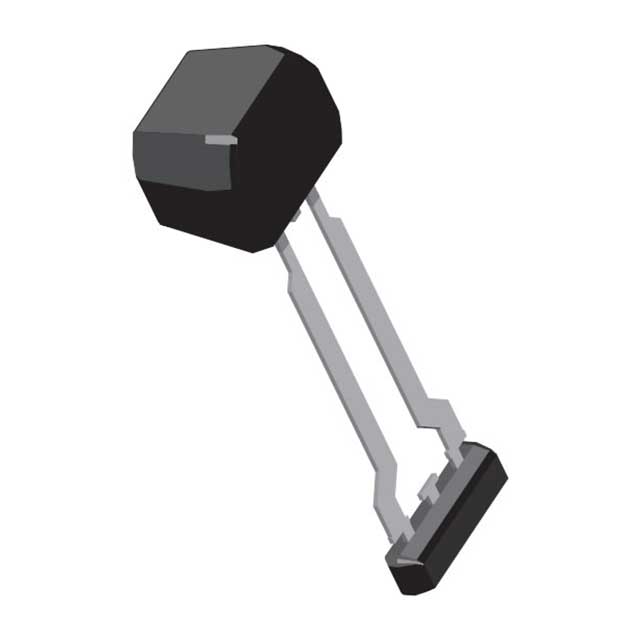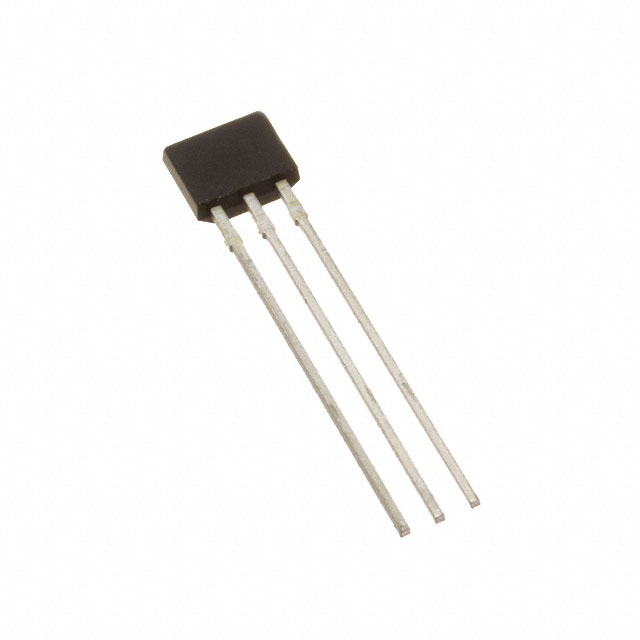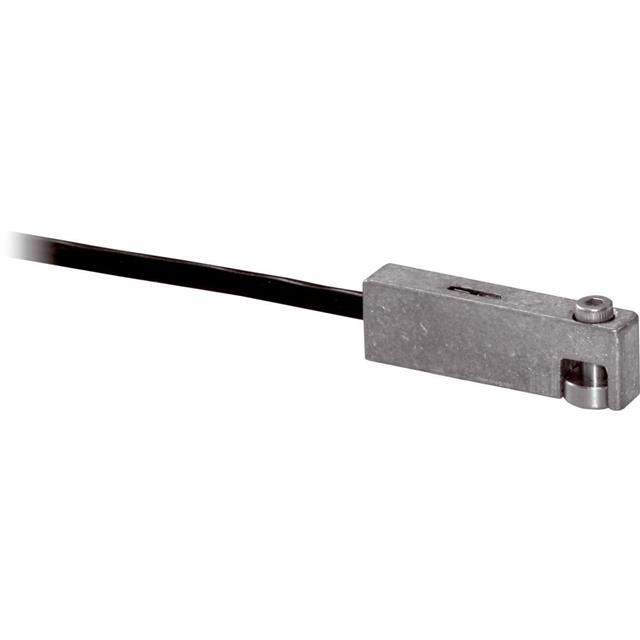

Introduction to Level Sensors
Catalog
What are liquid level sensors?Types of liquid level sensing methodsHow Do Level Sensing Methods Differ?Frequently Asked QuestionsRelated ArticlesLiquid Level Sensors have been around for years, widely used in industries like food and beverage, manufacturing, medical, printing, agriculture, automotive, and even in home appliances for things like leak detection or measuring liquid levels. But what exactly are level sensors? In this blog, we’ll dive into the main types of liquid level sensors (also called liquid level switches), what they do, and how they differ.

Level Sensors
What are liquid level sensors?
Simply put, liquid level sensors are devices that measure the level or height of a liquid in a container. For example, they can check the water level in a tank, monitor oil or fuel in a storage container, or track liquid levels in chemical process vessels. These sensors come in different types, each designed to measure liquid levels in unique ways. They’re not just for measuring, though—they can also control and monitor the liquid level in a system, or even trigger alarms or shut-off valves if the liquid level gets too high or too low.
Types of liquid level sensing methods
Why would someone pick one type of level sensing tech over another? Equipment manufacturers are often surprised by how many smart options there are. Some of the most common level sensing methods include:
Optical Level Sensors
These are single-point level sensors that work using a light source and a detector to check the liquid level.
- Pros: They’re compact, have no moving parts, can handle high pressure and temperature, and come in tiny sizes. They’re great for detecting even small amounts of liquid and are compatible with a wide range of fluids. Plus, their small profile makes them perfect for use in agitating tanks.
- Cons: The sensor needs to come into contact with the liquid, so it’s invasive. It also requires power to operate, and thicker substances can coat the prism, which might affect accuracy.
- Applications: These are commonly used for tank level measurement, dry-run and overspill protection, and leak detection—basically, anywhere you need to detect the presence or absence of a liquid.
This type of level sensing technology goes by a lot of names—optical prism, electro-optic, single-point optical, or optical level switch. For simplicity, we’ll stick to calling it an Optical Level Switch here.
So, how does it work? It’s pretty straightforward. Inside the sensor housing, there’s an LED and a phototransistor. When the tip of the sensor is in the air, infrared light reflects back to the detector. But when the tip is submerged in liquid, the light gets refracted out, and less energy hits the detector.
Since these switches are solid-state devices, they’re super reliable and work well for a wide range of point-level sensing applications. They’re especially useful for detecting high, low, or even intermediate levels in tanks of almost any size. They’re also great for spotting leaks, helping you avoid costly damage.
That said, they’re not without their quirks. Reflected light—like in reflective or mirrored tanks, tanks with bubbles, or even certain liquids like milk—can sometimes mess with readings or cause delays.
Vibrating Level Sensors (Tuning Forks)
These sensors use a vibrating element that changes its frequency as the liquid level shifts. They’re contact sensors, meaning they need to touch the liquid or material they’re measuring.
- Pros: Small, compact, and budget-friendly.
- Cons: Since they’re contact sensors, they’re invasive, and they can’t be used in every application.
- Applications: Commonly used for level control of liquids, powders, and fine-grained solids in industries like mining, chemical processing, and food and beverage.
Vibrating sensor tech works great for both solid and liquid level control, even for tricky materials like sticky liquids, foam, powders, or fine-grained solids. However, tuning forks aren’t versatile—they’re typically used for “overfill” or “run-dry” scenarios, and they don’t provide continuous level measurement. That said, they pair well with continuous level detection systems, acting as alarm triggers for overfills or leaks.
Ultrasonic Level Sensors
These sensors are non-contact and use ultrasonic waves to measure the distance to the liquid’s surface.
- Pros: No moving parts, compact, and reliable. Plus, they’re not affected by the liquid’s properties.
- Cons: Can be pricey and invasive. Their performance can also be influenced by environmental factors. There’s typically a “dead zone” close to the sensor where measurements don’t work as well.
- Applications: Ideal for non-contact setups involving highly viscous liquids or bulk solids. Often used in systems needing remote monitoring.
Ultrasonic sensors measure liquid levels by calculating how long it takes high-frequency sound waves to bounce off the liquid’s surface and return to the sensor. The time taken is proportional to the distance between the sensor and the liquid. However, their response time can be impacted by conditions like turbulence, foam, or temperature changes in the air above the liquid. That’s why getting the mounting position right is so important for these devices.
Float Switch
These are contact sensors that measure liquid levels using a float that moves up and down with the liquid.
- Pros: Doesn’t require power, gives direct level indication, affordable, and offers various output options.
- Cons: It’s invasive and has moving parts, which means maintenance might be needed. They’re also relatively large, and the liquid level needs to change significantly before the float triggers. Not ideal for situations where the liquid is sloshing around.
- Applications: Commonly used in tank level applications for water, oil, hydraulic fluids, and chemicals.
Float switches are one of the most affordable and reliable methods for sensing water levels. They work by using a magnet inside the float and a magnetic reed switch inside a secure housing. As the liquid level changes, the float moves, causing the reed switch to open or close depending on whether the float is in air or submerged in liquid.
There’s flexibility in how you can mount these switches. The two most common options are horizontal/side mounting and vertical mounting, depending on the tank or container design.
Capacitance Level Sensors
These sensors measure liquid levels by detecting changes in capacitance between two electrodes.
- Pros: Solid-state design, can be non-invasive, compact, accurate, and capable of measuring variable levels.
- Cons: Might need calibration and can only work with certain types of liquids.
- Applications: Ideal for tank level monitoring in industries like chemical processing, food production, water treatment, power generation, and brewing.
Capacitance level sensors are versatile and can handle solids, liquids, and mixed materials. They come in both contact and non-contact versions, meaning some can even be mounted outside the tank or container.
That said, not every capacitance sensor works with every material or tank type. Calibration is key—each sensor needs to be adjusted for the specific material it’s measuring, to account for differences in dielectric constants and tank design.
Because this technology often involves direct contact with the material, reliability can sometimes be affected by fluids sticking to the probe.
Radar Level Sensors
Radar level sensors are non-contact devices that use radar technology to measure liquid levels in tanks or vessels.
- Pros: Extremely accurate, no need for calibration, and offer multiple output options.
- Cons: Pricey, can be affected by environmental conditions, and have a limited detection range.
- Applications: Perfect for challenging environments like moist, vaporous, or dusty areas, as well as systems with fluctuating temperatures.
These sensors work by sending out a microwave signal and timing how long it takes for the signal to bounce back. The return time helps calculate the distance to the liquid’s surface, which gives the liquid level. Radar operates similarly to ultrasonic sensors but can be influenced by the liquid’s dielectric constant instead of atmospheric conditions.
What makes radar stand out is its precision and ability to compensate for fixed structures inside the tank. Plus, it handles foam and sticky substances much better than many other technologies.
Conductivity Level Sensors
These are contact sensors that measure liquid levels by detecting the electrical conductivity of the liquid.
- Pros: Simple design with no moving parts, easy to use, and budget-friendly.
- Cons: Requires contact with the liquid, only works with conductive liquids, and probes can wear down over time.
- Applications: Great for tank level measurement in boilers, reagent monitoring, and handling highly corrosive liquids.
Conductive sensors work well for point-level sensing in liquids like water or corrosive chemicals. They use a long probe that transmits a low voltage and a shorter probe set at the switching point. When the liquid completes the circuit between the two probes, the switch is triggered.
One big advantage of these sensors is their safety—they operate at low voltages and currents. They’re also easy to install and use, but they do need regular maintenance. If buildup occurs on the probe, the sensor won’t function properly, so cleaning is important to keep them reliable.
How Do Level Sensing Methods Differ?
The main difference between these sensors is how they detect liquid levels. Some sensors, like ultrasonic and radar, are non-contact—meaning they don’t touch the liquid at all. On the other hand, sensors like optical, float level switches, and conductivity sensors are contact sensors, so they physically interact with the liquid. Each method has its own set of pros and cons, and the best choice depends on the specific application and the type of material being measured.
Level sensing technology has come a long way. What used to require expensive equipment can now be done with innovative, cost-effective solutions that are reliable, durable, accurate, and easy to install. Even fluids that were once tough to detect—like soap with bubbles or foam, milk, and sticky substances like glue or ink—are now easier to monitor thanks to the wide variety of level sensing technologies out there.
Frequently Asked Questions
What is a Level Sensor?
Level sensors are devices used in fluid control systems to measure the level of liquid or solid materials in a tank or container. They can detect the levels of different types of flowing media, like liquids, powdered solids, and granular solids.
What is the Most Commonly Used Level Sensor?
Some of the most common types of industrial level sensors are float switches, ultrasonic sensors, pressure sensors, and capacitance sensors. The type of sensor used depends on factors like the nature of the fluid, the material of the tank, and how accurate the measurement needs to be.
What Does a Level Sensor Do?
A level sensor is a tool that measures, monitors, and helps control the liquid (and sometimes solid) levels in a given space. These sensors are mainly used in industries like automotive, manufacturing, civil engineering, and even in household appliances.
What is a Sensor That Detects Sound Levels Called?
A sound sensor is a module that detects sound waves through their intensity and converts them into electrical signals. These sensors include a built-in capacitive microphone, a peak detector, and an amplifier (like the LM386 or LM393) that’s highly sensitive to sound.
How Many Types of Level Sensors Are There?
For point-level detection of solids, a variety of sensors are available. These include vibrating sensors, rotating paddle sensors, mechanical (diaphragm) sensors, microwave (radar) sensors, capacitance sensors, optical sensors, pulsed-ultrasonic sensors, and ultrasonic sensors.
How to Check a Level Sensor?
To test a capacitive level sensor, you can use a multimeter to measure the output current. Set the multimeter to mA (milliamps) and connect the leads properly. You should refer to the multimeter’s manual for more specific instructions on how to do this.
How Does a Leveling Tool Work?
Leveling tools are usually rectangular and have one or more liquid vials. Inside each vial, there’s a bubble that helps measure angles. When the bubble is centered in the vial, the angle is correct. Depending on the orientation of the vial, the bubble can show whether something is level, plumb, or at a 45° angle.
Related Articles
Proximity Sensors:Applications and Types
Pressure Sensors:A Complete Guide
Subscribe to JMBom Electronics !













